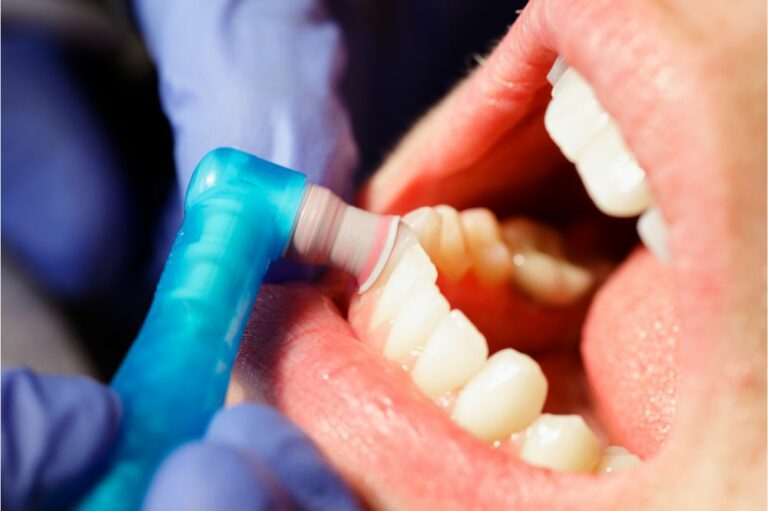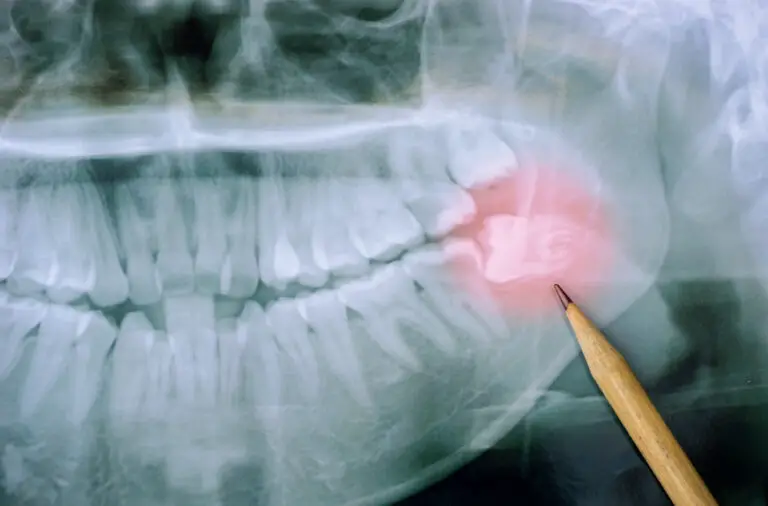Understanding Tooth Enamel and Why It Matters
Tooth enamel is the hard, mineral-rich outer layer that covers the crowns of teeth. It is the hardest substance in the human body, even stronger than bone. Enamel is made up of around 96% inorganic materials, mainly hydroxyapatite crystals of calcium and phosphate. It also contains around 4% water and organic material.
Enamel varies in thickness, from 0.1 mm to 2.5 mm. It is thickest at the chewing surface of back teeth and thinnest at the edges. The primary role of enamel is to protect the inner dentin layer and pulp from damage and infection. Enamel resists abrasion from chewing, acts as a barrier against bacteria and acids, and insulates against hot and cold temperatures.
Healthy enamel is essential for strong, functional teeth that allow us to bite, chew and smile with confidence. Once enamel wears away or decays, that damage is irreversible. Enamel cannot regenerate because the cells that form enamel, called ameloblasts, are lost after teeth erupt into the mouth. While enamel is durable, it is still vulnerable to certain threats:
- Dental caries – Destruction by acids from oral bacteria that demineralize enamel and cause cavities
- Erosion – Gradual chemical wear from acidic foods and drinks
- Abrasion – Physical wear from aggressive brushing, grinding, or clenching
- Genetics – Defects in enamel development, like amelogenesis imperfecta
- Whitening treatments – Can remove enamel minerals if overdone
Losing enamel leads to tooth sensitivity, decay, cracks, and a poor appearance. Therefore, it is critical to maintain enamel health and seek preventive or restorative treatments when needed.
Can You Restore Damaged Tooth Enamel?
While enamel cannot naturally regrow like other tissues in the body once lost, there are ways to strengthen existing enamel and protect areas of decay or damage. Traditional dental treatments aim to fill cavities and cover enamel defects but do not regenerate enamel itself.
Research continues into innovative methods to biologically rebuild enamel through tissue engineering, stem cells, or pharmaceuticals. However, true enamel regeneration is not yet possible in human patients. Current options can restore form and function but not completely regrow the original enamel layer.
Treatment Options to Restore Enamel

1. Remineralization Therapies
In the early stages of enamel decay, the process can sometimes be reversed through remineralization. This involves delivering minerals like fluoride, calcium, and phosphate to depleted areas of enamel before a cavity develops.
- Fluoride treatments – Both daily fluoride toothpaste and professional topical applications boost available minerals. Fluoride varnish applied at the dentist’s office provides concentrated benefits.
- Calcium phosphate rinses or pastes – These can also remineralize early lesions.
- Limiting acidic foods/drinks – Restricting intake of acidic items helps prevent more mineral loss.
- Saliva stimulants – Some products thicken saliva to enhance its natural remineralization properties.
Remineralization restores mineral content in localized enamel defects but cannot regrow large amounts of lost enamel structure.
2. Dental Sealants
Sealants provide a plastic coating bonded to the pits and grooves on top surfaces of teeth most prone to decay. This creates a smooth barrier that protects vulnerable enamel areas by preventing bacterial accumulation underneath. Sealants are often applied to children’s permanent molars but can benefit partially erupted or hard to clean teeth at any age. They only work on intact enamel surfaces.
3. Tooth-Colored Fillings
Composite resin and glass ionomer cement fillings mechanically fill and adhere to holes formed in enamel from decay. They restore form and function but do not encourage continued enamel formation. The materials match the tooth color for an aesthetic result. They require removal of some healthy enamel around the decayed section to allow for bonding and retention.
4. Enamel Microabrasion
This minimally invasive technique gently abrades the outermost enamel layer to smooth out superficial defects or stains, usually with an acidic compound followed by a polishing paste. It removes a small amount of enamel thickness, so it is only suitable for minor flaws, not cavitated decay.
5. Crowns and Onlays
When extensive enamel has been compromised, artificial coverings crown the entire visible tooth down to the gum line to provide structure and protection. The inner surface is contoured to the prepared tooth shape for support. Onlays cover the chewing surface and one or more sides when damage is more confined. While crowns restore form and function, they do not regenerate natural enamel.
6. Potential Future Enamel Regeneration Therapies
Exciting research continues into ways to truly rebuild lost enamel through biological means. Some potential future techniques include:
- Stem cell therapy to generate new ameloblast cells capable of producing enamel proteins and minerals
- Peptides or growth factors to stimulate native stem cells to differentiate into enamel-forming cells
- Gene therapy to induce ameloblast differentiation and enamel formation
- Scaffolds with enamel proteins or minerals to stimulate enamel deposition in decalcified areas
- Drug therapy targeting signaling pathways involved in enamel development
These innovative options offer hope that one day, enamel could be regenerated with the body’s own resources. But currently, none have reached clinical practice.
Protecting and Maintaining Enamel

While restoring enamel loss remains challenging, preventive strategies are highly effective for keeping natural enamel intact and healthy long-term:
- Brush twice daily with a soft-bristled fluoride toothpaste
- Limit acidic drinks like soda, juice, sports drinks
- Rinse mouth after acidic foods
- Avoid hard foods that could crack enamel
- Wear a mouthguard for grinding/clenching
- Get dental sealants on molars as a child
- Receive regular dental cleanings and fluoride treatments
- Use remineralizing toothpastes or rinses
- Monitor diet for balance of minerals
Practicing excellent oral hygiene and getting professional care helps fortify and maintain enamel integrity. Partnering with your dentist to detect any problems early maximizes opportunities for remineralization before cavities progress. With diligent daily care and routine dental visits, your natural enamel can stay strong for decades.
Frequently Asked Questions
Can you completely regrow enamel once it has worn away?
No, unfortunately enamel cannot regenerate on its own once it has been lost because the cells that form enamel (ameloblasts) are lost after teeth erupt. There are no techniques clinically available yet that can biologically regrow true enamel tissue.
What is the best way to repair early enamel loss?
The best treatment for early, mild enamel loss is remineralization through topical fluoride applications, either through professional varnish at the dentist or daily use of fluoride toothpaste. This helps deposit minerals back into the enamel to strengthen it before any large defects or cavities form.
Can fillings or dental crowns regrow enamel?
No, while materials like composite and porcelain used in fillings and crowns can replace lost enamel’s structure and appearance, they do not restore the original enamel tissue. They protect remaining enamel but do not stimulate regrowth. Ongoing research is looking into enamel regrowth therapies.
Does enamel regrow after a filling?
No, enamel will not regrow or reform over a dental filling or around the edges of a filling. Fillings repair holes formed in enamel but do not induce continued enamel formation. Taking good care of fillings helps prevent more enamel loss in those areas.
Can you rebuild enamel without dental work?
You cannot truly rebuild or reconstruct enamel without dental procedures like fillings, crowns, or potentially future regenerative therapies still in development. However, you can strengthen existing enamel and prevent further damage through at-home care like brushing with fluoride toothpaste and limiting acidic foods and drinks.






